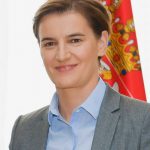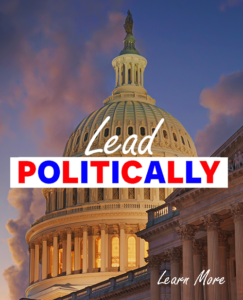Politics
Serbia Politics
This page explores Serbia’s political structure incorporating real-time RSS feed news and videos. By harnessing the power of RSS feeds, visitors can stay informed about the latest developments in Serbia’s politics as they happen. The dynamic nature of these feeds ensures that users receive up-to-the-minute updates on political events, policy changes, and significant milestones, enabling them to stay abreast of the ever-evolving political scene.

Ana Brnabic
Prime Minister of Serbia
Incumbent
Assumed office
29 June 2017
Image credit
Serbia, located in southeastern Europe, operates as a parliamentary republic with a multi-party system. The political landscape of Serbia has been shaped by a complex history and ongoing efforts to transition to a stable democracy.
The President of Serbia, elected by popular vote for a five-year term, serves as the head of state, while the Prime Minister, appointed by the President, is the head of government. The National Assembly, Serbia’s unicameral parliament, consists of representatives elected through a proportional representation system.
Serbia has a diverse range of political parties representing different ideologies and interests. The Serbian Progressive Party (SNS) has been the ruling party since 2012, promoting a center-right platform. Other significant parties include the Socialist Party of Serbia (SPS), the Democratic Party (DS), and the Serbian Radical Party (SRS). The political landscape also includes various smaller parties and independent candidates.
Serbia has made progress in strengthening democratic institutions and upholding the rule of law. However, challenges related to corruption, media freedom, and the independence of the judiciary persist. The government has been working to address these issues and foster a more transparent and accountable governance system.
Serbia’s political agenda includes addressing socioeconomic challenges, promoting economic growth, and pursuing European Union (EU) integration. The country has implemented economic reforms, such as privatization and attracting foreign investment, to enhance competitiveness and improve living standards. Serbia is also engaged in EU accession negotiations, aiming to align its institutions and policies with EU standards. Regional stability and reconciliation are important aspects of Serbia’s political landscape. The country has been actively involved in addressing historical conflicts and fostering cooperation with neighboring countries. Serbia’s relationship with Kosovo remains a significant challenge, with ongoing negotiations and efforts to find a mutually acceptable solution.
Ensuring social inclusion, protecting minority rights, and fostering democratic values are ongoing priorities in Serbia. The country continues to work towards addressing the legacy of the past, promoting human rights, and building a cohesive society. The future of Serbia’s political landscape will depend on its ability to continue democratic reforms, strengthen institutions, and advance its European integration process. Upholding the rule of law, combating corruption, and promoting economic development will be crucial factors in shaping Serbia’s path towards stability, prosperity, and closer European integration.
Unless other sources are listed, original content is provided by ChatGPT. ChatGPT may produce inaccurate information about people, places, or facts. #Serbia #SerbiaPolitics #SerbiaNews #SerbiaNewsToday #SerbiaRSSFeed #BlahFace



